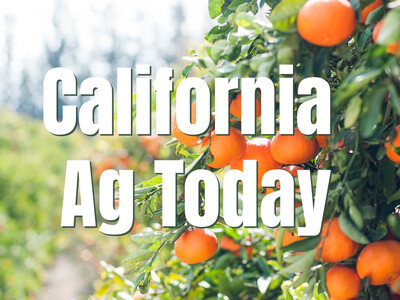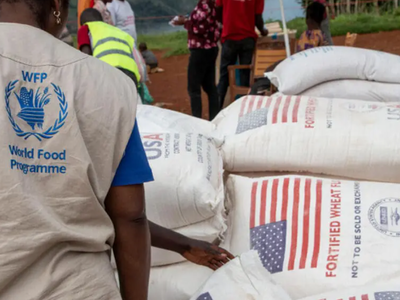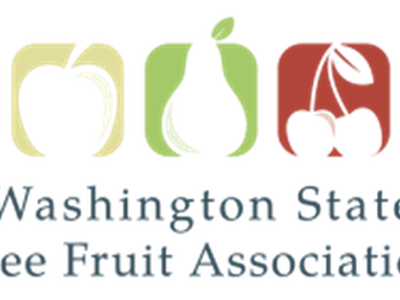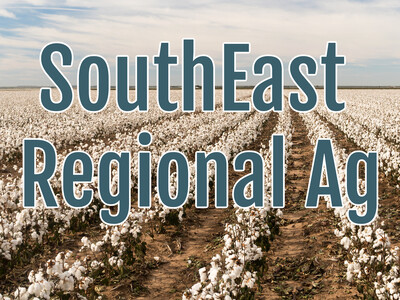Merging of the Beef and Dairy Supply Chain

Tim Hammerich
News Reporter
The dairy industry has made impressive progress in areas of maximizing production while minimizing inputs. So efficient, in fact, that they don’t need all of the calves they produce for cow replacements. VAS’s Jordan Lambert says this opens up the opportunity for many dairies to also be in the beef business.
Lambert… “But now we have some of these surplus animals and we're getting really good at breeding them to beef bull semen. So it's going to be a male crossbred dairy and beef.”
This is not only an efficient use of resources, it produces beef with a lower carbon footprint.
Lambert… “In the traditional beef supply chain, the beef animal that is going to be made into meat has to offset the carbon footprint of their mother, as well as their own carbon footprint. In the dairy supply chain, because the mother is milking, she's already offset her carbon footprint with the milk that she's produced. So now any bull beef baby that she creates that will be raised through the beef supply chain now has a much lower carbon footprint because they didn't have to offset the carbon footprint of the mother. I'm really curious about the merging of the beef and dairy supply chain.”












